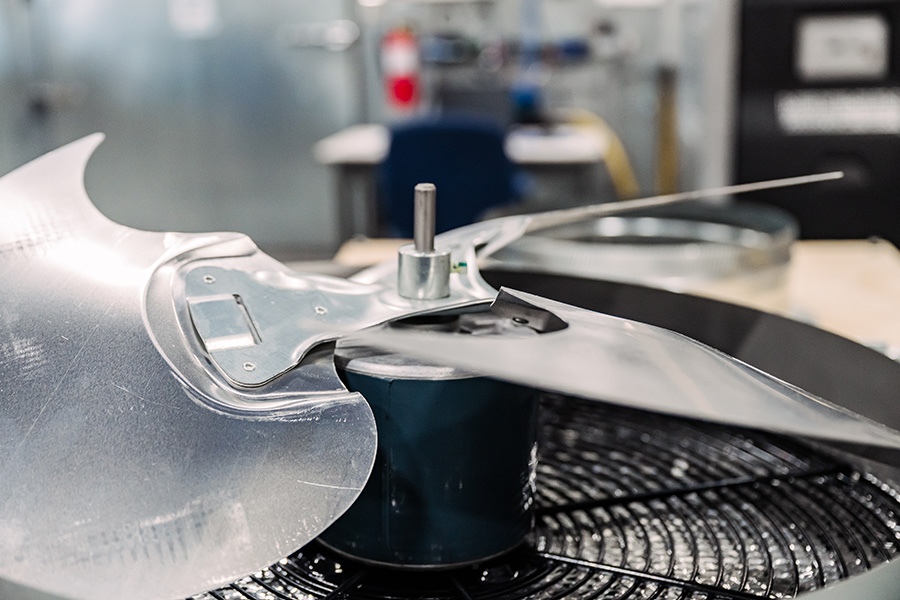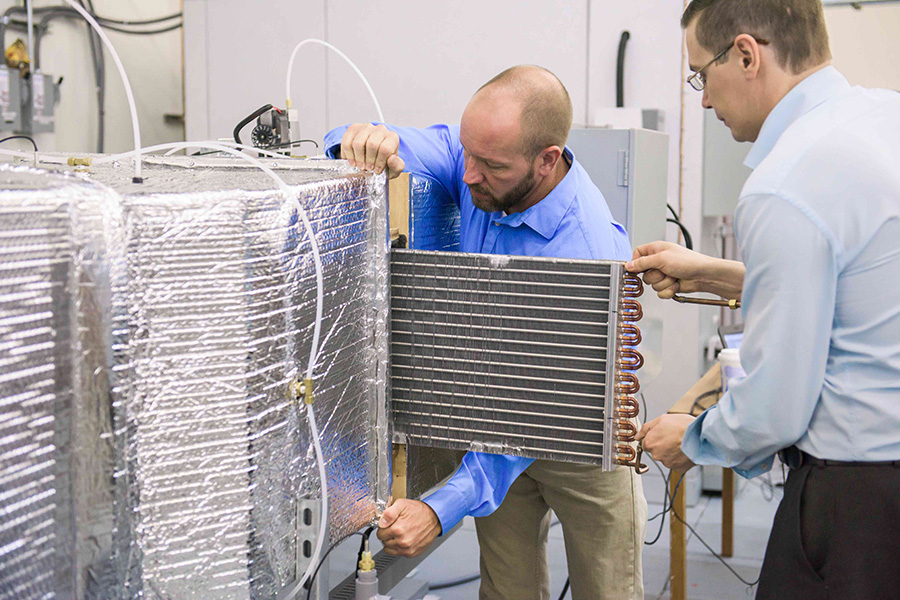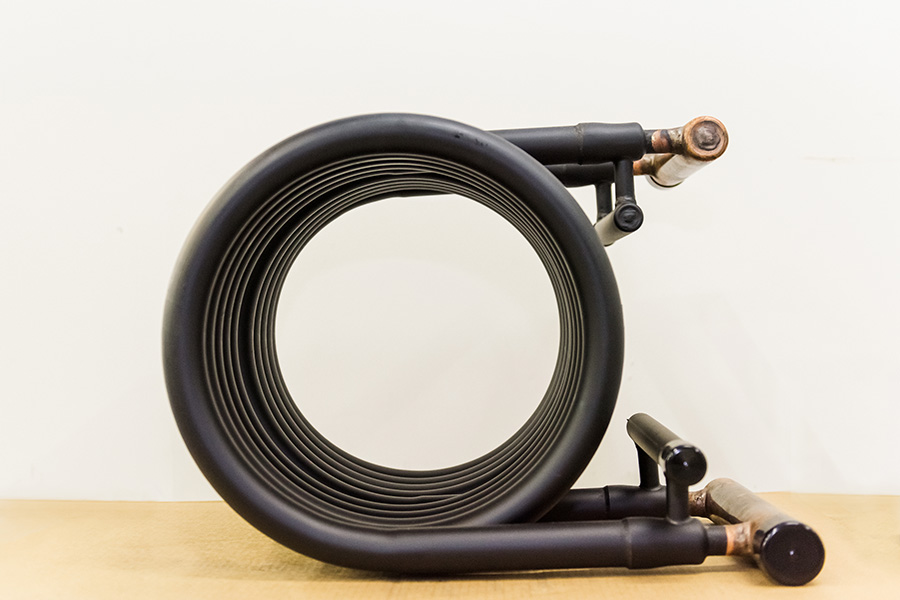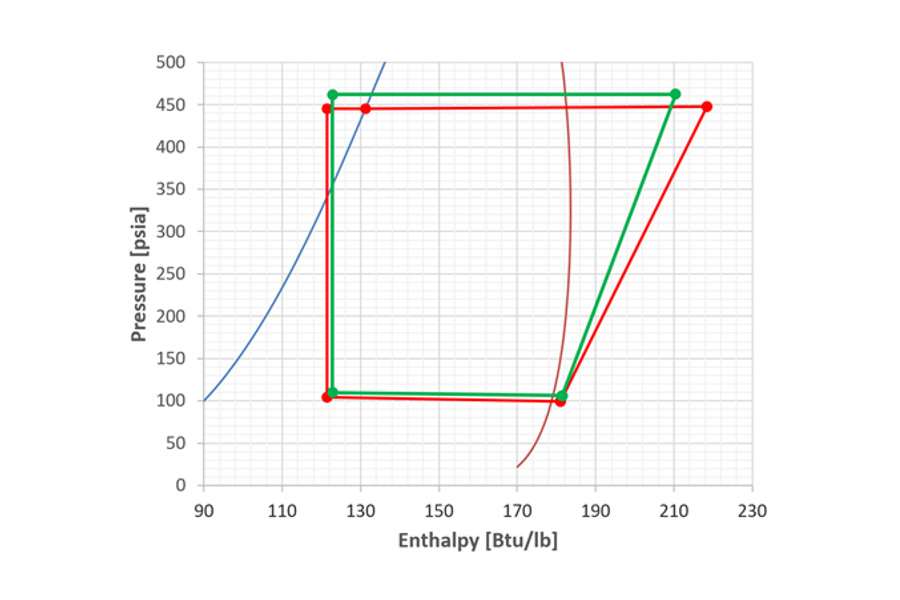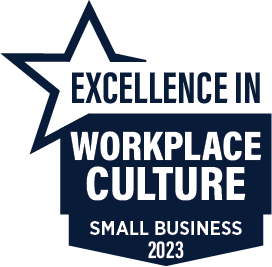Testing simulated faults to gather data on system response when approaching or experiencing component or total failure.
Evaluating the impact of a refrigerant replacement or refrigerant additive, such as an odorant to support detection of refrigerant leaks.
Testing across a wide range of conditions, including those per established standards, to determine system capacity and efficiency.
Derive 10- and 20-coefficient models with confidence, or expand the test matrix to reduce uncertainty at operating extremes.
Testing is not limited to stationary HVAC&R systems – we can also test automotive compressors for both belt- and electrically-driven systems.
We can test specific vapor injection rates to understand compressor response and performance.
Air-to-refrigerant testing, primarily for tube-fin and microchannel designs, using water, glycol or refrigerant, including propane and other A3 fluids.
Testing to understand frost development and defrost performance with enhanced visualization capability.
Evaluate the impacts of refrigerant selection on component or system performance. Consider the trade-offs between the current state-of-the-art, newly developed alternatives, or natural refrigerants like CO2 and propane.

